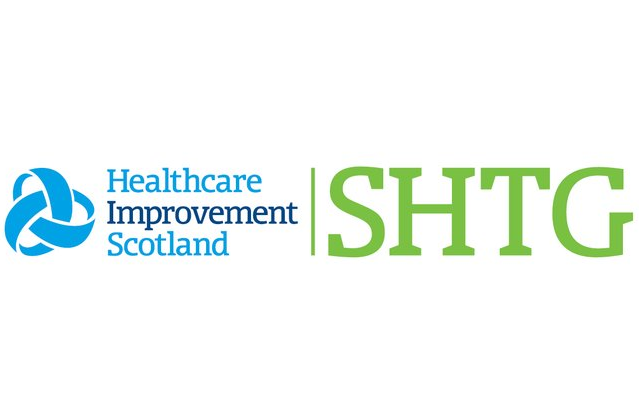Volatile capture technologies

SHTG Recommendations for NHSScotland
There is insufficient evidence to support the purchase, installation and maintenance of volatile anaesthetic gas capture technologies (VCTs) in NHSScotland.
More evidence is required on the capture efficiencies of VCTs when used in clinical settings. Based on two small studies, VCTs have been shown to capture only up to 50% of volatile anaesthetic agent (by mass).
Robust life-cycle assessments are required to define the direct and indirect environmental impact of VCTs. The life-cycle analyses should compare use of VCTs with alternative strategies that take into account current and planned changes to anaesthetic practice.
Further considerations which limit the applicability of VCTs include:
- the recent reductions in the environmental impact of volatile anaesthetic gas emissions within NHSScotland, driven largely by the decommissioning of desflurane
- the lack of agreement on the extent to which the remaining volatile anaesthetic gases contribute to climate change particularly at current atmospheric concentrations.
NHSScotland is required to consider the Scottish Health Technologies Group (SHTG) advice.
How the Council reached the recommendation
- The Council noted that the evidence on VCTs is rapidly evolving with further studies underway which would inform the relative capture rates of the technologies in clinical practice. The Council is aware of the work being undertaken by VCT manufacturers to establish a process for recycling volatile anaesthetic gases in the UK, and to obtain regulatory approval for the process. For these reasons, the evidence and use case surrounding VCTs may need to be revisited.
- The Council discussed the need for high quality life-cycle assessments, which systematically assess the relative environmental impact associated with all stages of the life cycle of VCTs. Life-cycle analyses should take into account the direct effects of VCT manufacture and use, alongside any indirect effects most relevant to the delivery and provision of healthcare. When comparing the environmental impact of alternative anaesthetic strategies (for example, TIVA) the direct and indirect environmental impact of the alternatives should be subject to the same level of assessment.
- The Council reiterated that factors beyond the environmental impact of volatile anaesthetic gases and VCTs need to be considered when determining the value of VCTs in clinical practice. The impact of anaesthesia strategy on patient care remains a vital determinant of value, as does the cost and cost effectiveness of the technology.
- The Council heard from two consultant anaesthetists. The first summarised the published views of several climate experts, that the impact of volatile anaesthetic gases on climate change has been overstated. The consultant anaesthetist highlighted literature which documents this view (a summary is included in our evidence review). While volatile anaesthetic gases are greenhouse gases, they are not said to ‘force the climate’ because of their short atmospheric lifespans and overall low quantities within the atmosphere. The anaesthetist stressed their view of the need to ensure that approaches to protecting the climate did not inadvertently cause more environmental damage. In other words, we should be mindful not to introduce new technologies – with their own carbon impact – if they are not sufficiently offsetting environmental impact elsewhere.
- The second anaesthetic expert highlighted that VCT technologies, and the evidence informing their use, are rapidly evolving. The expert noted that our recommendations may need revisiting in light of any new and compelling evidence. They acknowledged that while the contribution of volatile anaesthetic gases to climate change may have been overstated, there were other factors to take into consideration when weighing up the relative environment impact of VCTs. For example, optimising anaesthesia protocols may improve the capture efficiency of VCTs; the recycling of the gases and the associated reduction of virgin gas manufacture could result in improved environmental benefits for VCTs; and because hospital anaesthetic gas scavenging systems (AGSSs) require energy to run, the opportunity to use VCT systems that do not rely on a hospital AGSS could potentially boost their relative environmental benefit.
- The Council recognised the challenges for decision makers in assessing environmental impact alongside more usual domains of value such as effectiveness, safety and cost effectiveness. The Council agreed that the low quality and quantity of evidence for VCTs across all domains of value was the determining factor in informing their recommendations, but in doing so highlighted the need for improved and standardised methodologies for weighing up environmental impact alongside other domains of value.
- The Council noted that ongoing comprehensive data collection and auditing of anaesthetic practice in NHSScotland will be important in informing future life-cycle assessments and subsequent decision making.
Date of publication: 31 May 2024

